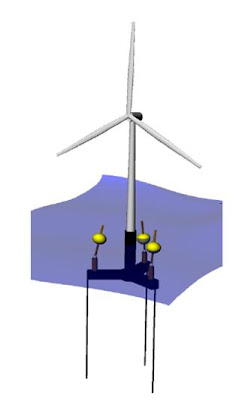Like all equipment, this device does require minimal preventive maintenance. Most people never think to do maintenance on their water heaters but doing so can dramatically extend their life and replacing a water heater is always an expensive proposition. Recently I blogged about replacing the anode rod in my solar storage tank which is actually an electric water heater that is disconnected electrically. This has the potential to more than double the working life of that tank by preventing the walls of the tank from rusting through.
Maintenance for a tankless heater is a little different. You need to take a gallon or so of virgin food grade white vinegar, and pump it through the heat exchanger to dissolve scale build up inside of it. (Rinnai recommends using 4 gallons of vinegar but I think this is more than is necessary). While the warranty from my heater is 12 years for the heat exchanger and five years for parts, I believe firmly in doing routine maintenance like this on an annual basis. My Rinnai heater has valves and hose connections to simplify the process of flushing heat exchanger.
Here are the valves with the fill/drain caps removed:
The flushing procedure involves putting vinegar in a 5 gallon bucket and using a small electric pump to pump water from the bucket through the heat exchanger and back down into the bucket. I already had a pump and several short lengths of clear garden hose that I use to drain and fill my solar heating systems annually. I made up the hoses by purchasing clear plastic hose and adding standard hose male and female connectors to the ends so that I can see the fluid moving through them.
Here I have connected the hoses and reversed all of the valves to isolate the heater from the building water supply and switch everything over so that the vinegar passes directly through the heat exchanger and does not enter the building's plumbing:
The image below shows the complete set up:
I wired a foot switch to the pump so that I can start and stop it quickly as needed. After running the pump for several minutes the water turned slightly turquoise which is the color of the copper plumbing oxide. This confirms that I am removing scale build up inside the heat exchanger.
Here's a picture showing two bottles of vinegar, the one on the right contains the vinegar I used for the flushing process so you can clearly see the change in color:
By the way, the other use I have for white vinegar is as a natural weed killer. I use a small spray bottle of 100% vinegar and spray it onto broad leaved weeds in the middle of a sunny dry day. When the plants are thirsty they try to ingest the vinegar and it kills them quite effectively. I plan to reuse the flushed vinegar as weedkiller which is why I saved it back in the original bottle.
I am aware that I make this procedure seemed rather simple, but it does involve some experience and special equipment. So if you are not DIY inclined, and you have a tankless water heater, you may wish to hire a plumber every year to perform the flushing procedure to ensure your investment is protected. Tankless water heaters are significantly more expensive than a tank style heater so there is real value in this relatively affordable maintenance.
From a sustainability standpoint, maintaining equipment like this extends its life - keeping it from the landfill. When my heater eventually fails, I intend to responsibly recycle as much of it as possible. The heat exchanger itself contains a significant amount of valuable copper which can be recycled for instance.
If you are looking to buy a tankless water heater, here's a good review of current models: https://www.reviews.com/tankless-water-heater/
























